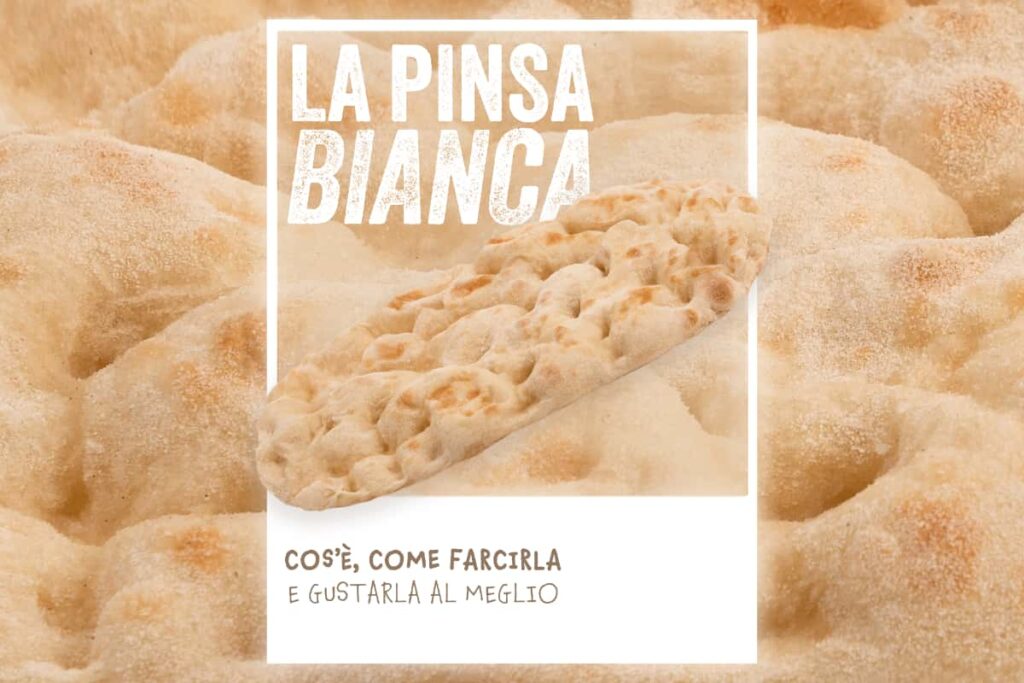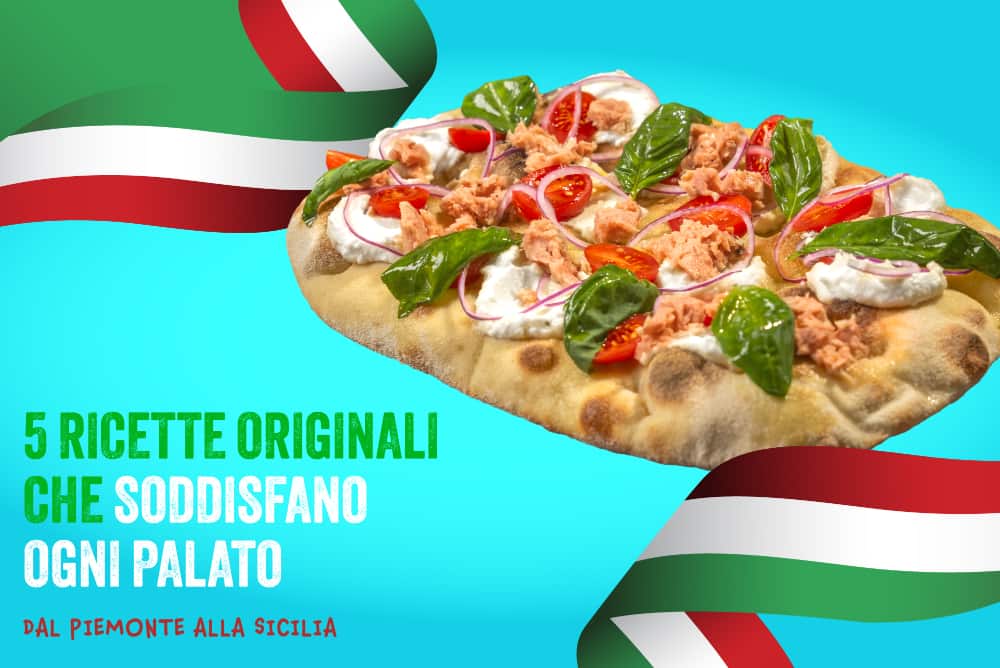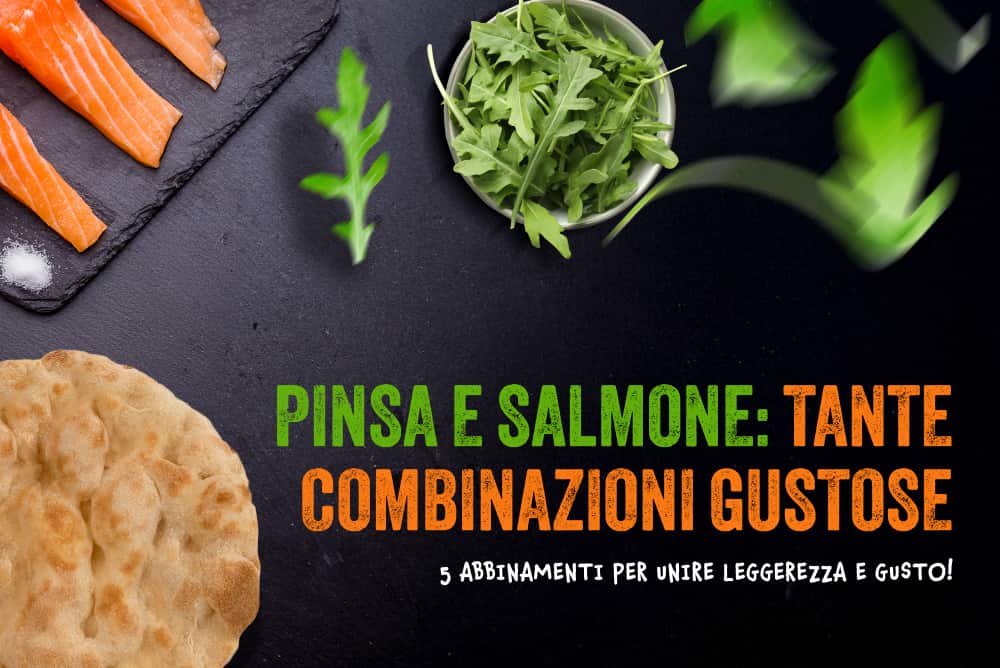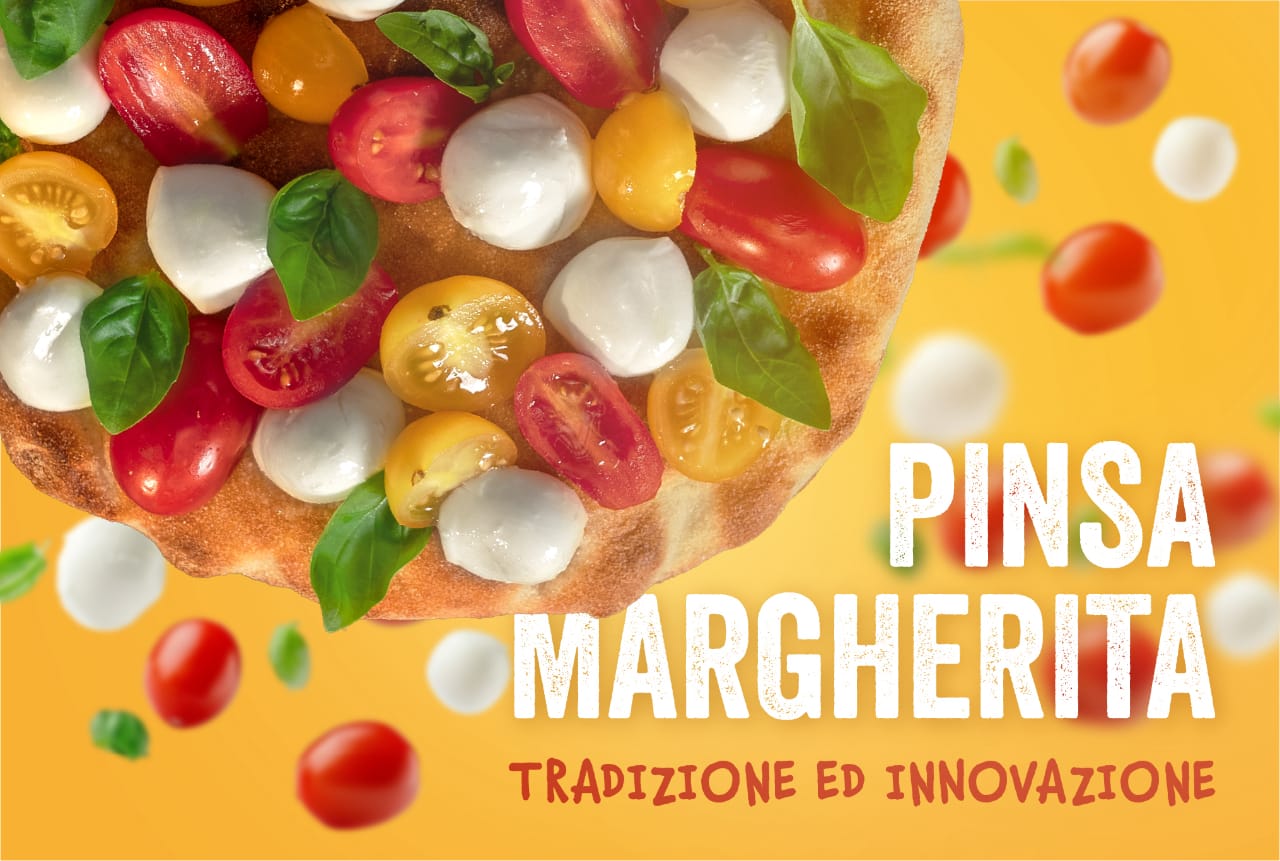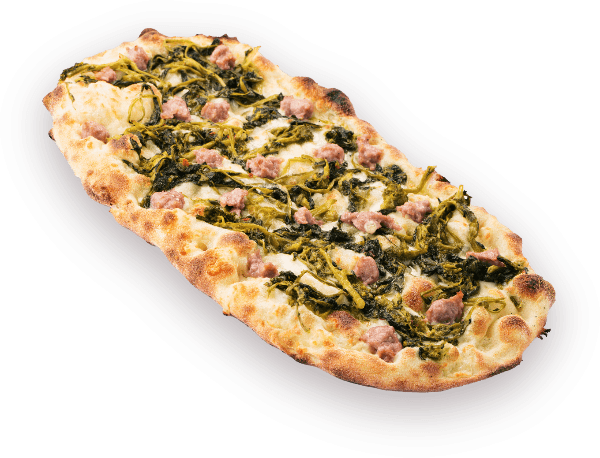Pinsa has become a must-have in Italian kitchens, as a base for enthusiasts to experiment with increasingly delicious and creative recipes. It’s no surprise that, even in the numerous articles on these pages, we often discuss recipes, how to make the most of the product, and how to serve it to loved ones, making it the star of lunch, cocktails, dinner, or even breakfast.
In the pursuit of the perfect recipe, we often forget the simplicity and genuine flavour that pinsa can offer without excessive embellishments. That’s why today we want to talk about white pinsa: we want to explore the product in its essence, discovering that it can still be the star of any occasion.
What does “white pinsa” mean? The three interpretations
“What is white pinsa?” might seem like a trivial question. Yet, the answer isn’t as intuitive as it appears, even though there is undoubtedly a main interpretation. The term “white pinsa” can be understood in several ways, depending not so much on the location but on the context. Let’s look at the three main interpretations, starting with the most popular.
Natural pinsa
This interpretation is the most commne and it considers white pinsa as the pinsa base. The pinsa is enjoyed after baking without any toppings or fillings. In this way, the quality of the flours is enhanced, and you can truly savour the pinsa, recognizing its original taste and fragrance.
“Non-red” pinsa
Pinsa is referred to as white if it does not include the classic tomato sauce, making way for other flavours: grilled vegetables, cheeses, spices, and whatever creativity suggests, without the presence of tomato as the star ingredient.
A pinsa with light ingredients
This interpretation overlaps with the previous one a little. In this case, more creative and less common, pinsa is considered white when prepared with light ingredients: mozzarella, ricotta, white onions, potatoes, and other foods that do not visually alter the light colour of the dough.
The beauty (and deliciousness) of natural pinsa
If we embrace the first interpretation, let’s ask why one should eat white pinsa, au naturel.
Enjoying a pinsa without toppings is not only possible, but in many cases, it can be the best choice. After all, why should a base with a distinctive flavour be (always) covered with a multitude of ingredients? Here are some reasons why white pinsa deserves to be tried and savoured.
An alternative to bread
White pinsa can be an interesting substitute for traditional bread. Thanks to its soft inside and crispy exterior, it pairs perfectly with appetizers, cheeses, cold cuts, main courses, and sides. It is light, digestible, and adds a touch of originality and innovation to the table. And remember, it can be prepared in just 5 minutes.
Tasting the true flavour of pinsa
When eaten alone, white pinsa allows you to fully appreciate the balance of the flours, leavening and baking. It is by no means a fallback option but a way to appreciate the product in its purity, just like you would with a good wine.
A pinch of extra flavour
Even without a topping, white pinsa can be enhanced with a drizzle of extra virgin olive oil. This may seems an irrelevant addition, but in truth it highlights the quality of the dough and its ingredients. In this case, simplicity becomes an added value.
When is white pinsa the perfect solution?
White pinsa is very versatile and suits numerous occasions, from the most informal to the most refined. Let’s have a look at some contexts where it can be the best choice.
Aperitivo and appetizers
For an aperitivo with friends or a light appetizer, white pinsa is an interesting option; it can be served in slices and accompanied by sauces, creams, or hummus. It’s the ideal choice for those looking for an (innovative) alternative to bread or breadsticks.
Buffets and parties
Here too, white pinsa can be cut into small rectangles, ready to be picked up by hand. It’s practical, adaptable to different tastes, and can be served warm or at room temperature. Again, don’t forget that it cooks in just 5 minutes.
Quick and light lunch breaks
During lunch breaks, we tend to opt for quick and light meals. White pinsa fits perfectly, even if usually not in its natural form. In this case, a drizzle of oil and a sprinkle of salt, perhaps accompanied by a salad or grilled vegetables, can create a balanced meal that won’t weigh you down.
Picnics and outdoor meals
White pinsa is also an excellent solution for picnics and outdoor meals. It keeps well, it is easy to transport, and can be eaten without cutlery, making it a practical and tasty option.

